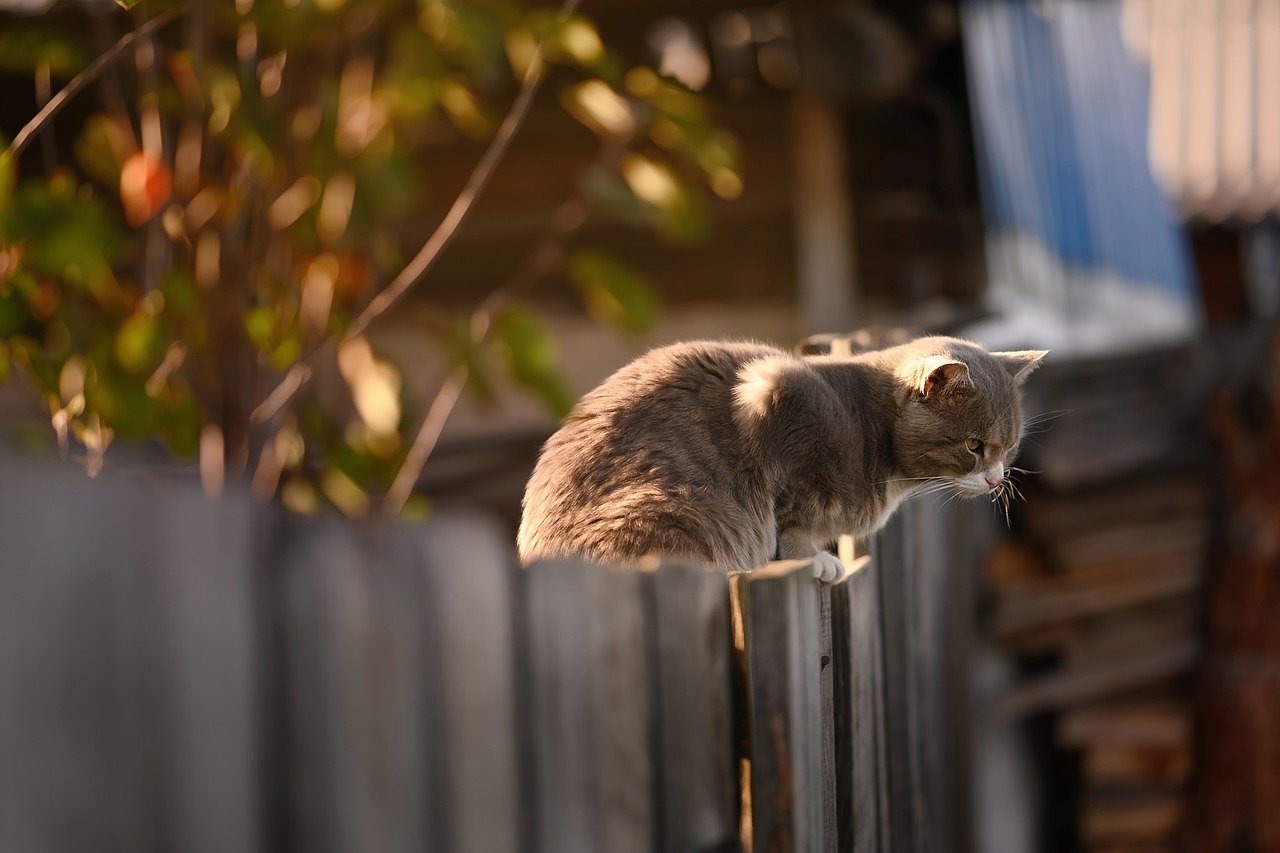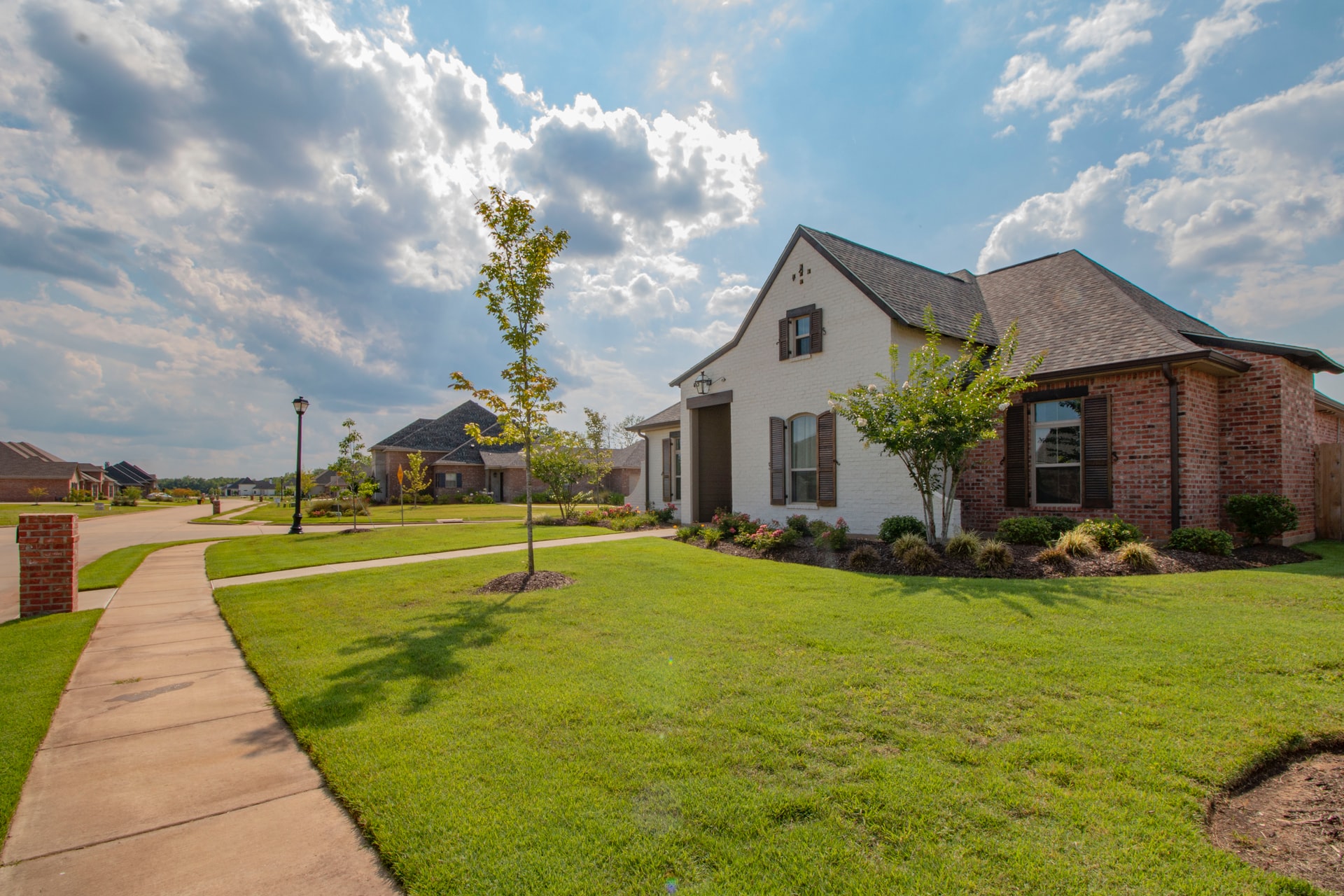Inner surfaces
Generally, the boundaries of strata units are:
- in the case of the walls, the inner surface of the wall; and
- in the case of the floor and ceilings, the upper surface of that floor and the under surface of that ceiling.

Simply put, this means that you effectively own everything from the paint inwards. The wall itself is owned by the strata company as a whole as part of the common property.
Outer surfaces
In certain circumstances the boundaries of strata units are varied, either by reason of the strata plan, when the strata plan was registered, legislation, resolutions etc., as follows:
- in the case of the walls, the external surfaces of the building; and
- where two units have either a common or joint wall, the centre plane of that wall, or where two units have buildings on them that are joined, the plane or planes at which they are joined.

Simply put, you own the entire lot, including the wall. Where there is a joint or adjoining wall, you will own up to the mid or centre point of that wall.
Importance of knowing boundaries
The boundaries of your unit will be outlined on your strata plan. It is important to be aware of the boundaries of your unit, particularly for insurance purposes, but also to ensure that you are aware of exactly what you own and where your responsibility extends to.
Disclaimer: The information on this page is intended to be general information only and NOT legal advice. No responsibility is accepted for any errors or omissions.





